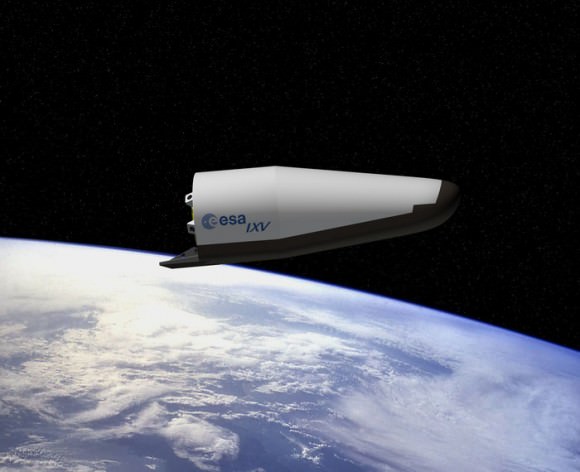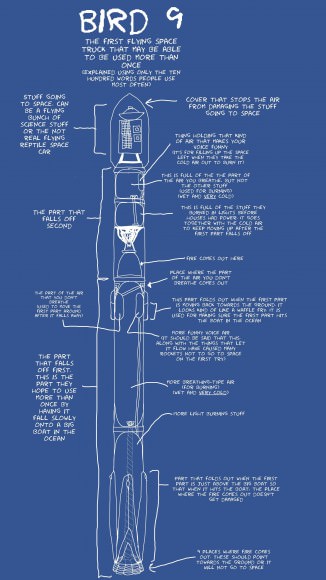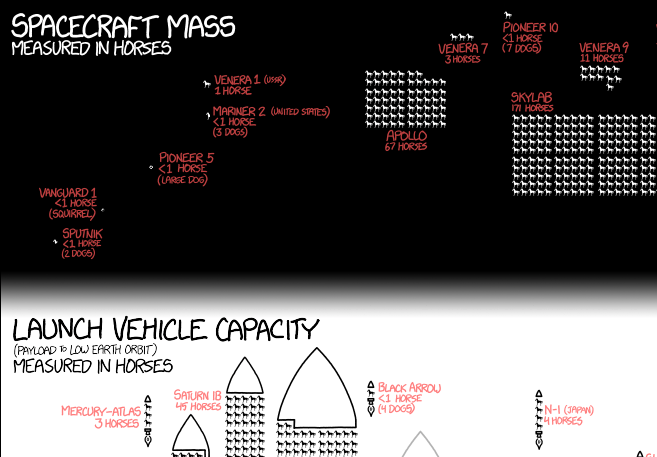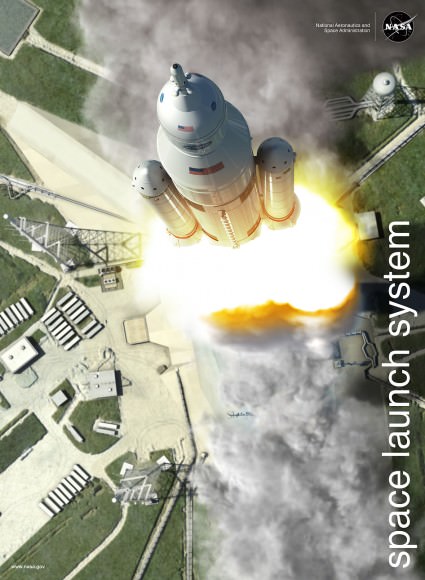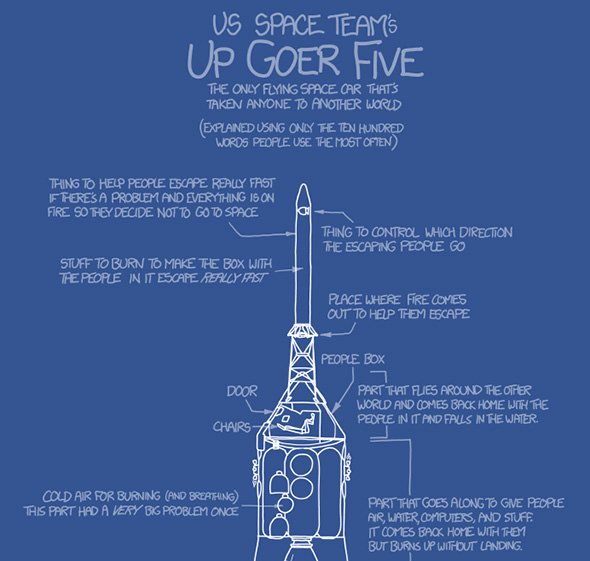Just about everyone can claim to being inspired by the xkcd webcomic — or at least enjoying a shared nerd moment. A favorite comic of many space fans is the Up Goer Five poster, which explains the Saturn V rocket in the “10 hundred” (i.e. 1,000) English words that are used most frequently.
Now, one fan of xkcd, celerycoloured on reddit has created a poster of the single-stage-to-orbit Skylon spaceplane being built by the British company Reaction Engines Limited (REL). With some great hand-drawn graphics, this homage poster uses — again — the most commonly used words in the English language to explain Skylon:
“The first space car that may go to space without parts falling off” describes the single stage to orbit idea, and “this space car can burn the air outside so it doesn’t have to take so much breathing type air or drop parts” explains the air-breathing SABRE engines.
“I’d just like people to know more about REL,” celerycoloured told Universe Today. “Their efforts towards reusable SSTO spacecraft is one of the coolest things I’ve seen!”
Read about Skylon in more complex terms here.
In other space plane news today, ESA’s Intermediate eXperimental Vehicle IXV successfully launched on a Vega rocket from the Kourou space center for a one hour forty minute test flight. This is a lifting body vehicle similar to the X37B, however the IXV splashed down in the ocean for this first flight.
